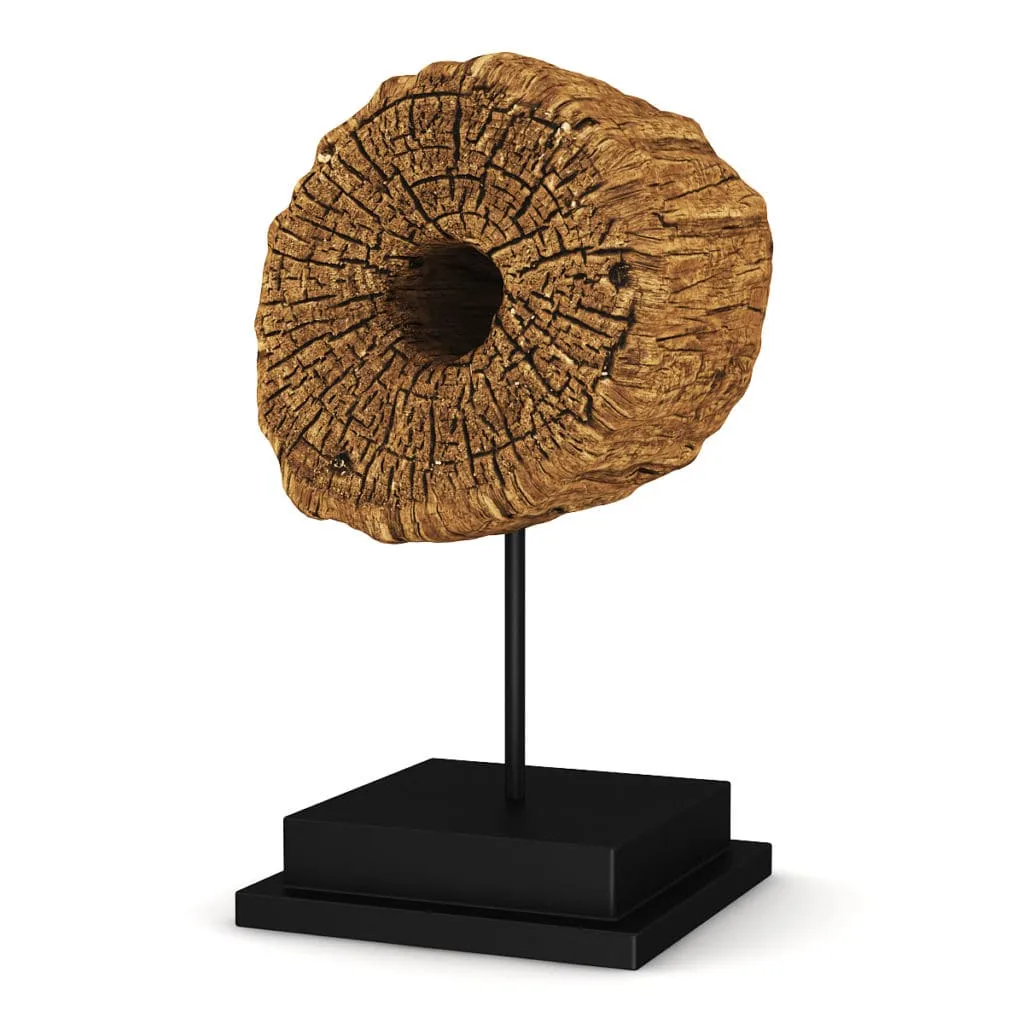Diecast Cars Secrets Top 5 Facts
Diecast cars are more than just toys they are miniature works of art, historical artifacts, and valuable collectibles. This blog post dives deep into the fascinating world of diecast cars, revealing secrets that even seasoned collectors might not know. From the intricate craftsmanship behind each model to the factors that influence their value, we will explore five key facts that will transform your understanding of these beloved miniature vehicles. Whether you are a seasoned collector or a curious newcomer, prepare to be amazed by the hidden depths of the diecast car hobby.
What are Diecast Cars
Diecast cars are miniature vehicles made using a die-casting process, which involves injecting molten metal (typically zinc alloy) into molds to create detailed replicas. The term ‘diecast’ refers to the method of manufacturing, ensuring precision and intricate designs not found in other types of model cars. These cars come in various scales, from the tiny 1:64 scale to larger, more detailed 1:18 or even 1:12 scales, catering to a wide range of collectors and enthusiasts. The level of detail can range from basic, mass-produced models to highly detailed replicas that accurately represent specific real-world vehicles, complete with detailed interiors, opening doors, and realistic paint finishes.
History of Diecast Cars

The history of diecast cars dates back to the early 20th century, with the first models appearing in the late 19th and early 20th centuries. Early diecast toys were primarily made of lead or tin, but the development of zinc alloys and improved manufacturing processes in the mid-20th century led to the rise of diecast cars as we know them today. Manufacturers like Dinky Toys, Corgi Toys, and Matchbox became pioneers, producing iconic models that captured the imagination of children and adults alike. The popularity of diecast cars soared during the post-war era, as they offered a way to own miniature versions of the latest vehicles and became a staple of childhood playtime and collecting hobbies.
Popular Scales and Types
Diecast cars are available in various scales, each offering a different level of detail and size. The most common scales include 1:64 (Matchbox and Hot Wheels), 1:43 (often used for European cars), and 1:24 and 1:18 (popular for more detailed models). Each scale offers a unique collecting experience, with larger scales allowing for more intricate details and smaller scales offering affordability and ease of storage. Besides scale, diecast cars come in various types, including classic cars, modern vehicles, race cars, trucks, and even motorcycles. Limited editions, special releases, and replicas of iconic vehicles are particularly sought after by collectors, driving demand and increasing value.
The Materials Used
The primary material used in diecast car production is a zinc alloy, often combined with other metals like aluminum and magnesium. This alloy is durable, allows for intricate detailing, and can withstand the die-casting process. Other materials are used to enhance the realism and functionality of diecast models. Plastic is used for interior components, tires, and sometimes the chassis. Rubber is used for tires, and clear plastic is employed for windows and headlights. Paint and decals add the finishing touches, with manufacturers using high-quality paints that match the color of real vehicles. The combination of these materials gives diecast cars their unique feel and appearance, making them both durable and aesthetically appealing.
Secret 1 The Craftsmanship Behind Diecast Cars
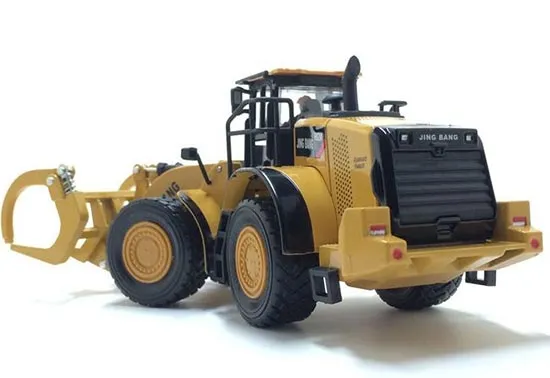
The craftsmanship of diecast cars is a testament to precision engineering and artistic skill. The process begins with the creation of a detailed mold, which determines the shape and features of the car. Molten metal is then injected into the mold under high pressure, solidifying into the basic structure of the vehicle. This process allows for intricate details that would be impossible to achieve with other manufacturing methods, such as the intricate grilles, interior dashboards, and engine components. Skilled designers and engineers work together to ensure that each model accurately reflects its real-world counterpart, from the overall shape to the smallest details.
Detailed Design Process
The design process for diecast cars involves a meticulous approach, starting with research and development. Designers gather information about the real-world vehicle, including blueprints, photographs, and specifications. They then create detailed 3D models and prototypes to ensure that every aspect of the car is accurately represented. The design process includes the creation of detailed molds, the selection of materials, and the determination of the final paint scheme and detailing. This process can take months or even years, depending on the complexity and scale of the model. The goal is to create a miniature replica that captures the essence of the original vehicle.
Painting and Finishing Techniques
Painting and finishing are critical steps in the diecast car manufacturing process. The process usually involves several coats of paint, applied using advanced techniques like spray painting to ensure an even and durable finish. After the paint is applied, details such as stripes, logos, and other markings are often added using tampo printing or decals. The finishing touches often include clear coats to protect the paint and add a glossy sheen, enhancing the overall appearance of the model. The painting and finishing processes are crucial for replicating the look of real vehicles, and skilled painters are essential to this process.
Secret 2 Rarity and Collectibility
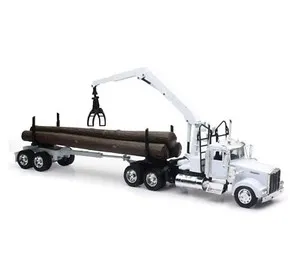
Rarity is a key factor in the collectibility and value of diecast cars. Limited-edition models, special releases, and those with unique features are highly sought after by collectors. Diecast cars produced in small quantities or those only available in specific regions often command higher prices. Factors like the quality of the materials, the accuracy of the details, and the brand’s reputation also contribute to a model’s collectibility. The rarity of a particular model is often determined by its production run, the demand from collectors, and its historical significance. As a result, certain diecast cars can become valuable investments, appreciating over time.
Limited Editions and Production Runs
Limited editions are a crucial aspect of the diecast car market, as they are produced in smaller quantities and are often created to celebrate specific events or anniversaries. These models are often highly detailed and feature unique paint schemes, special features, or exclusive packaging, making them attractive to collectors. Production runs refer to the total number of models produced, with smaller production runs generally increasing the rarity and value of a model. Collectors often seek out these limited editions, driving up demand and making them more valuable over time.
Factors Affecting Value
Several factors affect the value of diecast cars. Rarity is a major determinant, with limited-edition models and those with low production runs commanding higher prices. The condition of the car, including the paint, decals, and any moving parts, is also critical. Models in original packaging and with minimal wear are generally more valuable. The brand of the diecast car plays a role, with models from highly respected manufacturers often being more sought after. Historical significance, such as models of iconic vehicles or those associated with specific events, can also increase value. The collector’s market and overall demand also influence prices, with popular models often trading at a premium.
Secret 3 Popular Brands and Models
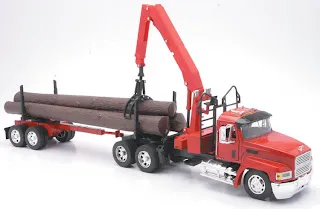
The world of diecast cars is filled with iconic brands and models, each with its own history and appeal. Some of the most popular brands include Hot Wheels, Matchbox, Autoart, Minichamps, and Bburago, each known for their quality, attention to detail, and extensive range of models. These brands often release new models, and collectors eagerly seek out new releases. Iconic models like the Ford Mustang, Chevrolet Corvette, and various Ferrari and Porsche models are highly sought after by collectors. These models often represent a significant era in automotive history, and their historical significance adds to their value and collectibility.
Top Brands in the Diecast World
In the diecast world, certain brands stand out for their quality, innovation, and the variety of models. Hot Wheels and Matchbox are iconic brands, known for their accessible price points and broad range of models. Autoart is renowned for its highly detailed and accurate replicas. Minichamps specializes in high-quality models, especially race cars. Bburago offers a balance of affordability and detail, while brands like TSM and CMC produce premium, high-end models for serious collectors. Choosing between brands often depends on personal preference, the desired scale, and the level of detail sought, as each brand caters to different segments of the market and offers unique models.
Iconic Models and Their Significance
Iconic models are a cornerstone of the diecast car hobby, often representing legendary vehicles and eras in automotive history. The Ford Mustang and Chevrolet Corvette have been replicated in diecast form countless times, reflecting their enduring popularity and cultural significance. Ferrari and Porsche models are also highly sought after, showcasing the beauty and performance of these luxury vehicles. The significance of these models extends beyond their physical appearance; they often represent a period in automotive innovation, design, and performance. Collectors seek these models not only for their aesthetic appeal but also for the historical context they embody.
Secret 4 Maintenance and Preservation

Proper maintenance and preservation are essential to protect the value and condition of your diecast car collection. This includes regular cleaning, careful storage, and protecting models from environmental factors. Cleaning diecast cars involves gently removing dust and debris using a soft cloth or brush. Avoid harsh chemicals or abrasive materials that could damage the paint or decals. Storing your cars in a cool, dry place away from direct sunlight and extreme temperatures will prevent fading, discoloration, and other damage. Taking care of your collection ensures your diecast cars remain in excellent condition for years to come.
Cleaning and Storage Tips
Cleaning diecast cars requires gentle methods to prevent damage. Use a soft cloth or brush to remove dust and debris. For more stubborn grime, you can use a diluted solution of mild soap and water, applied sparingly. Avoid using abrasive cleaners or harsh chemicals. For storage, protect your cars from direct sunlight, extreme temperatures, and humidity. Display them in a cabinet or a dust-proof case to prevent dust accumulation and accidental damage. Consider storing your models in their original packaging, which can offer added protection and increase their value. Regularly inspect your collection to catch any potential issues early, ensuring the long-term preservation of your models.
Protecting Your Collection
Protecting your diecast car collection involves several preventive measures. Store your cars in a cool, dry environment away from direct sunlight, which can cause paint fading and damage. Use display cases or cabinets with UV protection to shield them from harmful rays. Handle your models carefully, especially those with delicate parts. Consider investing in archival-quality storage boxes or sleeves to further protect your cars from dust, moisture, and accidental scratches. Regular inspection of your collection will allow you to address any potential issues and preserve the condition and value of your diecast cars for future enjoyment and potential sale.
Secret 5 Displaying and Showcasing Your Collection
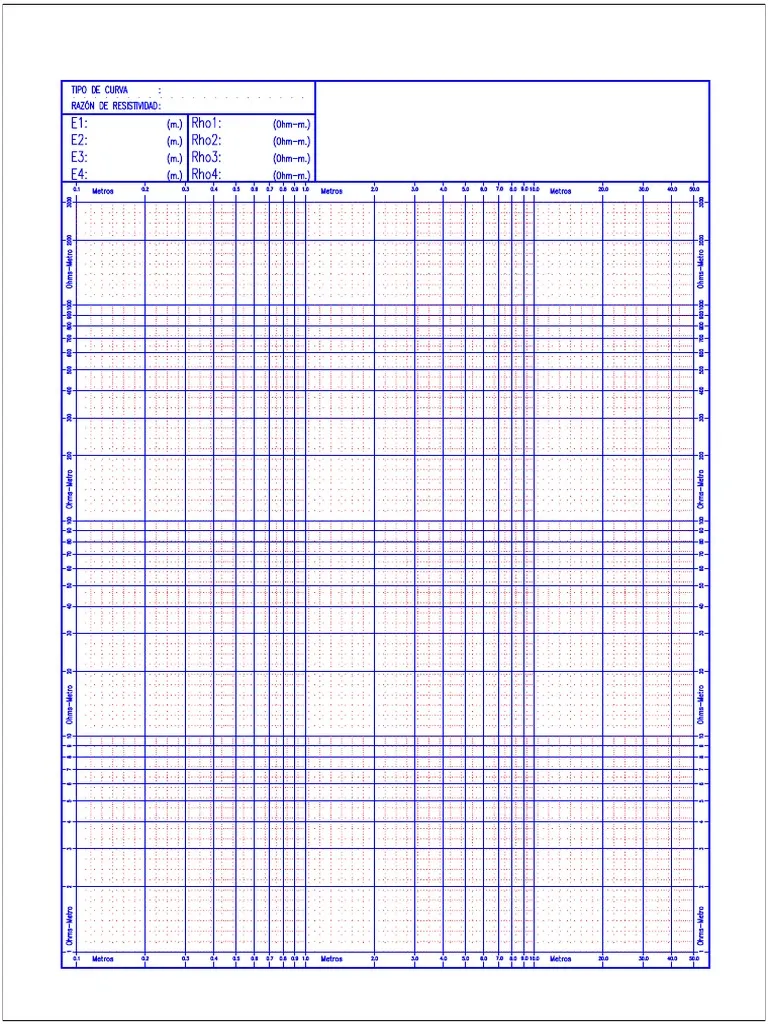
Displaying and showcasing your diecast car collection is an exciting part of the hobby, offering a chance to show off your prized possessions. Choosing the right display method can enhance the visual appeal of your collection and protect your models. Effective display strategies range from simple shelving to elaborate custom-built displays. The goal is to create a presentation that complements your cars and is accessible for viewing. Consider the lighting, background, and overall aesthetic to create an attractive and engaging display. Showcase your cars in a way that reflects your personality and allows you to appreciate their beauty and detail.
Effective Display Strategies
Effective display strategies for diecast cars include using shelving, display cabinets, and custom-built cases. Shelving provides an accessible and versatile way to display your collection, while display cabinets offer protection from dust and damage. Custom-built displays can be designed to perfectly fit your space and showcase your cars in unique ways. Consider the lighting, choosing LED lights to illuminate your models without generating heat. Arrange your cars by make, model, scale, or theme to create visual interest. Use risers or tiered shelving to vary the heights of the cars and make them more visible. Choosing the right display strategy enhances your collection’s aesthetics and protects your investment.
Showcasing Your Collection
Showcasing your diecast car collection should be both enjoyable and aesthetically pleasing. Consider using thematic displays, such as grouping cars by era, manufacturer, or type (e.g., race cars, classic cars, or modern vehicles). Incorporate elements such as miniature backgrounds, dioramas, or other accessories to enhance the presentation. Experiment with different arrangements and lighting to find what works best for your collection and space. Take pride in your collection, and don’t be afraid to share it with others. Join collector groups or online forums to connect with other enthusiasts, share your passion, and gain new ideas for displaying and showcasing your diecast cars.
